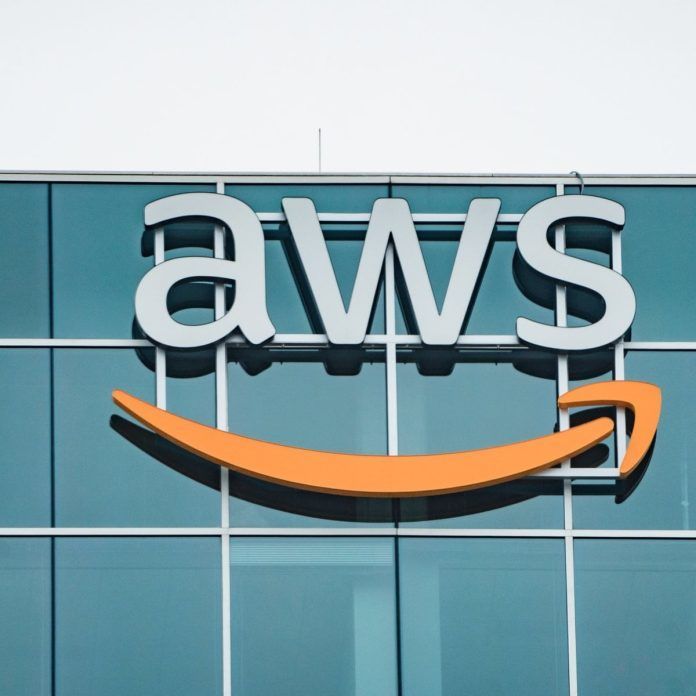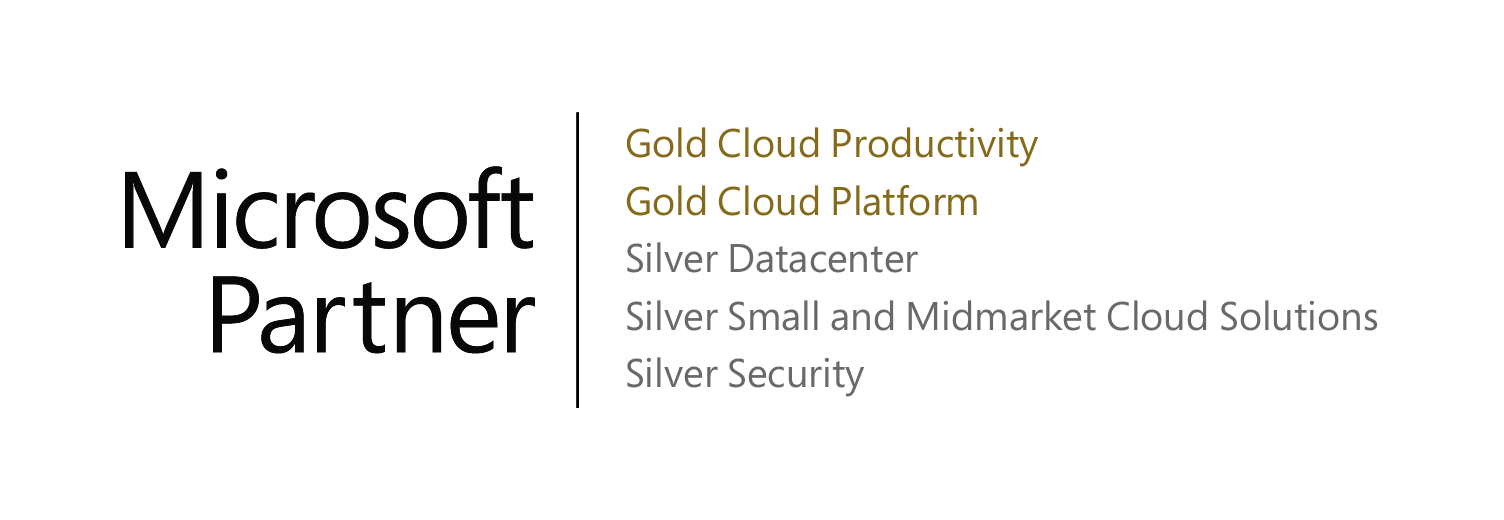Millennials often get a bad rap in the workplace. I have to wonder though whether every new generation meets some amount of resistance and negative stereotype when they begin to enter the workforce. Regardless of stigmas, it is undeniable that they are beginning to transform how work gets done. In 2015, millennials surpassed Generation X and became the largest group in the workforce and their priorities are very different than their predecessors.
Flexibility comes naturally to millennials. Those coming fresh out of college are used to working from anywhere as many study groups meet in libraries and Starbucks and they are used to the concept of “working from home” because the majority of their work (homework) is done outside of the classroom from their dorm or apartment. As professionals, they continue this mentality of working from wherever makes the most sense.
A survey from FlexJobs in 2015 showed that 54% of millennials want a flexible or alternative work schedule and 84% want a healthy work/life balance. They are also a passionate group and the survey results showed that 53% worked because they enjoyed working and 50% work because they are passionate about their career.
Many companies are creating more remote working positions, realizing that to win the best in the talent pool of millennials, they need to appeal to the work values and flexibility that they crave.
We love millennials at Akins IT! For us, the bottom line is that if employee performance is strong, flexibility and autonomy follow suit!




